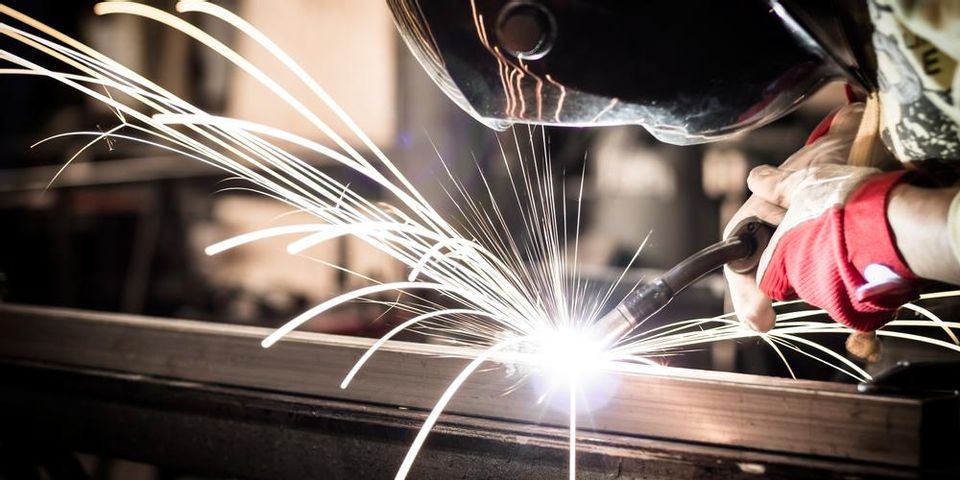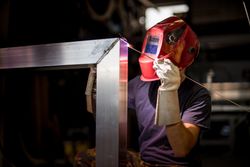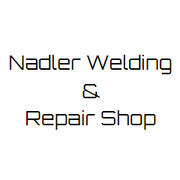What's the Different Between Steel & Aluminum Welding?

Welding is an efficient way to join two pieces of metal together. This service meets a variety of consumer needs in the building and construction industries, ranging from pipelines and bridges to refineries. Stainless steel and aluminum welding require different skills, techniques, and tools to be successful. Consider the following differences and contact your local metal shop to learn more about the services you need.
Metal Properties
Steel is composed mostly of iron with a small percentage of other elements, such as carbon. The higher the carbon content, the stronger the steel. Some metal shops also use stainless steel, which includes chromium instead of carbon, because of its noncorrosive properties. Aluminum is lighter than steel and noncorrosive, but its lower melting point and higher conductivity can make it challenging to work with.
Pretreatment & Welding Techniques
 Metal-inert gas welding can be used for both steel and aluminum welding. However, they must be pretreated and welded differently. Steel pretreatments aren’t critical unless they have a high carbon content. Aluminum must be pretreated with film-forming oxides to promote adhesion.
Metal-inert gas welding can be used for both steel and aluminum welding. However, they must be pretreated and welded differently. Steel pretreatments aren’t critical unless they have a high carbon content. Aluminum must be pretreated with film-forming oxides to promote adhesion.
During the welding process, steel needs to be mixed with argon and carbon dioxide. Aluminum needs straight argon. If there are porosity issues in the aluminum and it begins to form hydrogen bubbles, a helium and argon shielding gas mixture can be used, as well. However, the welding tool’s voltage will need to be increased to combat ionization and improve stability.
If you need steel or aluminum welding services, contact Nadler Welding & Repair Shop in Wentzville, MO. For the past 66 years, they’ve provided locals in the St. Charles and Warren County communities with comprehensive repair welding, custom metal fabrication, and brazing services. Learn more about their available services on their website or call (636) 327-4404 to get started on your welding project.
About the Business
Have a question? Ask the experts!
Send your question

